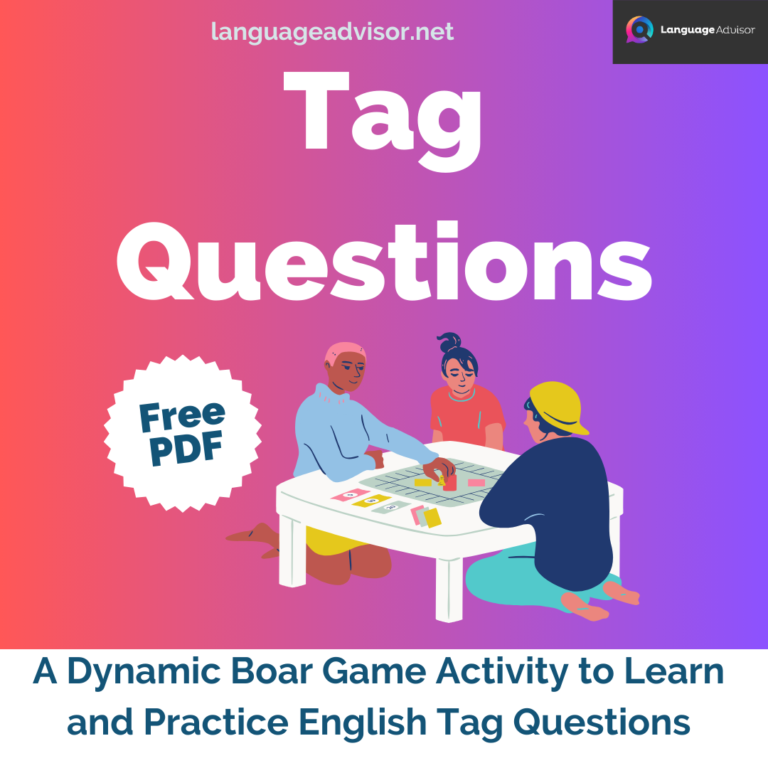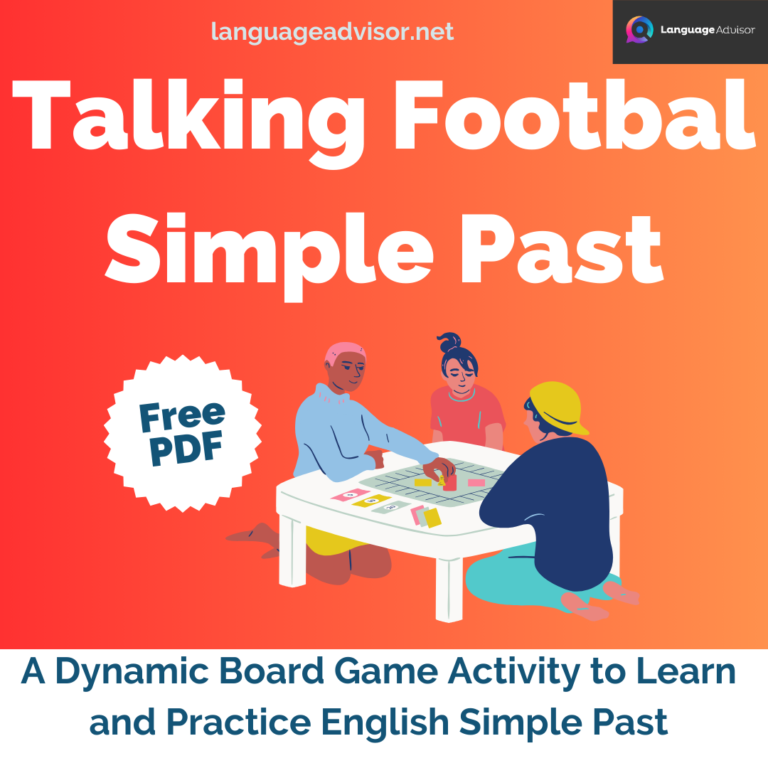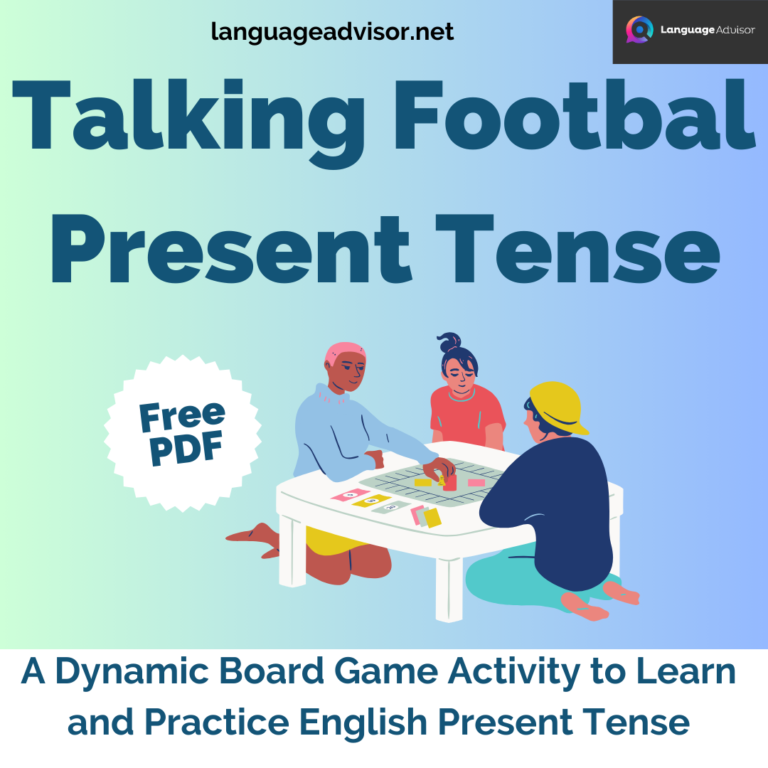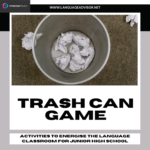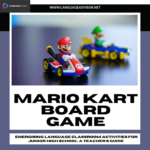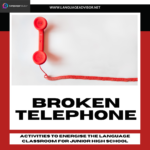MEMORISATION GAME. Games and Activities to Energise the Language Classroom for Junior High School
MEMORISATION GAME

Energising Language Classroom Activities for Junior High School: A Teacher’s Guide
Junior high school students often find language classes challenging, but as a language teacher, you have the power to transform these challenges into engaging learning experiences. Classroom activities are the key to achieving this transformation. These activities not only make learning enjoyable but also foster a deeper understanding of the language, leading to improved fluency and proficiency. In this blog post, we will explore a diverse range of innovative and interactive language classroom activities designed specifically for junior high school students. Whether you’re looking to enhance vocabulary retention, boost conversational skills, or make grammar lessons more enjoyable, this guide will provide you with a rich array of strategies to create a dynamic and effective learning environment for your students. Let’s embark on this journey to energize your language classroom and inspire your students to become passionate language learners.





MEMORISATION GAME
Target Group: All grades
Difficulty Level: Fundamentals
Activity Objective: To test their listening and memorisation skills while practicing target grammar (ex. “I like (verb) ~ing”)
MEMORISATION GAME – Procedure
- All the students stand up and form a circle.
- One student is given a soft ball and initiates the activity by saying a sentence with the target grammar, e.g., “I like playing soccer,” and passes the ball to another student at random.
- The second student must say the first student’s sentence and adds their own phrase to the sentence, such as “I like playing soccer and playing piano,” before passing the ball to another student.
- The third student continues the chain by saying the last student’s sentence and adding their own phrase, e.g., “I like playing soccer, playing piano, and swimming,” and then passes the ball to another student.
- This continues until one of the following situations occurs:
- A student cannot remember the previous sentence.
- A student repeats a phrase that another student has already said.
- A student takes too much time.
- The student who encounters one of these situations loses and receives a punishment.
- The losing student then starts a new chain of sentences with a fresh sentence, and the game continues.
Materials and Preparation
–Soft ball or stuffed animal
A ball, stuffed animal, or other soft object is used to indicate whose turn it is and to toss or pass to the next person. This is optional because the students can simply call on each other, but this helps them pay attention and is more fun.
Suggestions and Advice
This is a game where everyone has to listen carefully and pay attention to what the other students are saying, especially because they are being called on randomly, so it is best played in smaller groups of students (15 or less).
Because students often do not pay attention in larger groups, split
large classes into smaller groups. The ball should be passed to someone who has not already taken their turn in a given round, but once everyone has had a turn, tell them to continue. In this game, there are no clear winners and only clear losers, but if there should be a winner, then it should be the person who remembered the longest chain by the end of the game.





Energising Language Classroom Activities for Junior High School
In the world of language teaching, fostering a love for learning and effective communication is our ultimate goal. By implementing these engaging classroom activities for junior high school students, you are not only enhancing their language skills but also creating an environment where curiosity, creativity, and enthusiasm thrive. As we wrap up our exploration of these energizing language activities, remember that your role as a teacher is invaluable, and your dedication to making language learning exciting and impactful is what sets the stage for your students’ future success.
So, continue to innovate, adapt, and personalize these activities to suit the unique needs and interests of your students. Watch as their confidence soars, their vocabulary expands, and their ability to communicate fluently grows. With your guidance and these engaging activities in your teaching toolbox, you are well on your way to inspiring a new generation of confident and capable language learners. The journey to language proficiency may be challenging, but with your passion and these activities, it is always an exciting one.
Happy teaching!





Also check out these articles on teaching, teaching methods and teaching tools









